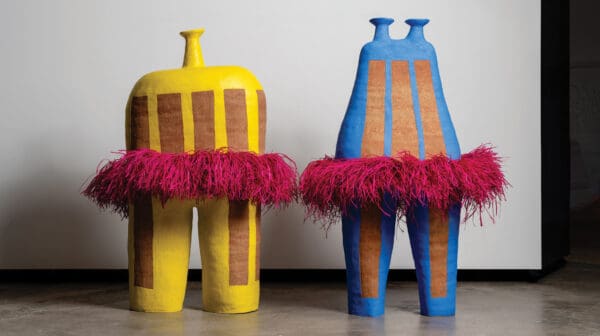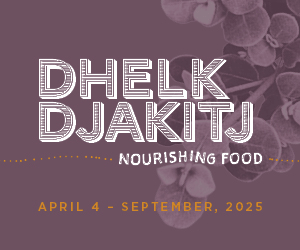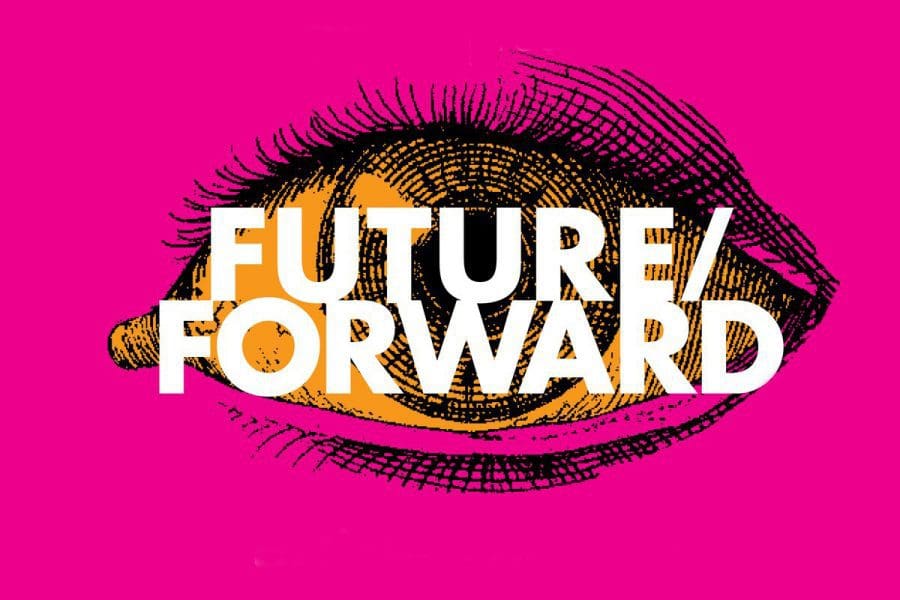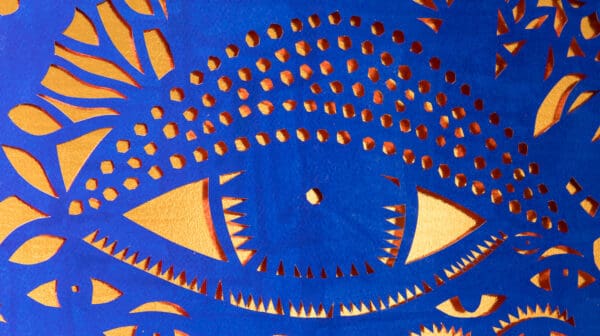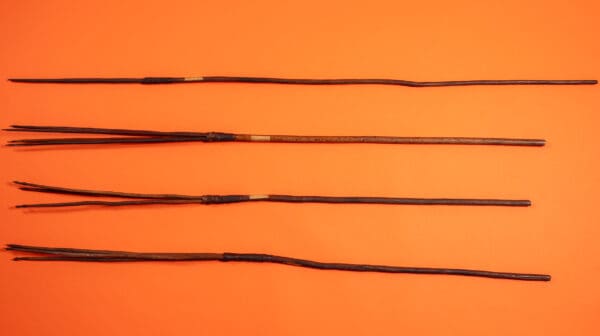Art Guide Australia’s Louise Martin-Chew attended the 2018 NAVA Future/Forward forum in Canberra. She reports on efforts to get art back on the political agenda.
A group of 220 artists and arts administrators convened in Canberra from 14 to 15 August, for the National Association for the Visual Arts (NAVA) forum Future/Forward. I had first heard about this NAVA initiative from Fiona Foley, who told me she was a speaker. I am aware, through my PhD research on her life and work, that it is her habit to be honest and publicly critical in situations when many others (who may agree with her) remain silent. And I was keen to see what this two-day talkfest might achieve.
Future/Forward had a dual agenda: to put the arts back onto an Australian political agenda – hence the location in Canberra during a parliamentary sitting week – and to rewrite and implement a new iteration of the 2001 NAVA Code of Practice.
Having worked in the arts for 25 years, I am aware of how rapidly recognition of the intrinsic value of our work has slipped from public view. Putting the arts on Australia’s political agenda is urgently needed. The arts could assist with negotiating uncertain futures, but improvement of the payment and conditions for our work is also necessary – so often they remain well below sustainable levels.
Since the launch of the Federal Government’s National Cultural Policy (Creative Australia 2013), it feels like the arts have slipped from view, and the current, almost non-existent political profile is due to lack of industry engagement. However, we are not on our own. There is broad political disinterest all over Australia. Confidence in our political and social institutions is at its lowest point in decades.
According to NAVA executive director Esther Anatolitis, the level of interest and engagement the National Cultural Policy represented is long past. In the meantime, artists’ incomes have declined, institutional funding has decreased, and a cocktail of changes has seen the arts “in crisis”. Citing the 2017 Throsby report, an economic study of professional artists in Australia, she said, “Artist rights are not respected, they have the lowest incomes, moral rights and copyright are being abused. At the same time, institutions are in the situation of the greatest loss of funding to the arts seen for a long time. And there is the disruption from technologies, with online sharing creating an expectation that people may use artwork for free.”
NAVA’s Future/Forward event aimed “to create a future for contemporary art that is ambitious and fair”.
At the heart of this agenda is a compelling argument for the arts, one not easily defined by a 30-second grab. Yet Anatolitis, who remains in Canberra to meet with politicians this week, makes the case that artists are uniquely placed to address the issues Australia currently faces. She suggested that art is “created for contemplation and making meaning: it is absolutely vital. It reflects on our values. That it is all taking place on land with sovereignty not ceded, people on islands who we are torturing for no good reason, with environmental change ongoing – all issues that politicians lack the courage to address. While not all art is political, art seasons a space that would otherwise be transactional.”
Without a doubt, the session which best captured the urgency of the situation (and the imagination of attendees) was contemporary Aboriginal artist Fiona Foley’s session with new National Gallery of Australia director Nick Mitzevich, titled “Let’s Work the Public Space”. Anatolitis asked Foley to outline three public art projects she had undertaken in recent years. However, Foley’s announcement that, under current conditions, she is no longer able to sustain her art practice was a bombshell that created a seismic shift in the audience.
Foley noted that between 1999 and 2012, when two per cent of the budget for public buildings in Queensland was directed at artwork, it was “a prosperous time for artists”.
She put forward her own proposal for change: the development of a national two per cent policy for public art. With that in place, she said, “a lot of artists could sustain a career. When the first Throsby report was issued in 2006, I was among the six per cent of artists who could make an income. Now I can’t. I am sick of busting a gut to pay the bills.” It was a telling indication of how, even for an artist of Foley’s standing, the situation has deteriorated. Discussions from the floor returned to her comments again and again during Future/Forward.
Other topics revolved around the importance of integral involvement from First Nations artists, the dynamism in artist-run initiatives (ARIs) and their issues, the importance of ensuring that copyright and permissions are sought and granted, the continued production of fake Aboriginal art, and inequities that exist in the sector. Advocacy and revisions to the NAVA Code of Practice and a lobby for its compulsory (rather than advisory) status were also discussed.
Practical measures, such as Mitzevich’s commitment to making change “from the inside” with his stated aim to “amplify the voices of contemporary artists in institutions” and Foley’s two per cent measure for public art, contrasted with Aboriginal artist Richard Bell’s enthusiastically received and repeated exhortation to simply “kick the doors down.”
NAVA’s Code of Practice is under review, with extension in terms of digital and online activity, guidance for ARIs, and increasing comparative investment in arts funding. The implementation of a nationally agreed consistent standard for the contemporary arts sector is designed around practical and ethical guidelines for the conduct of artists and galleries. NAVA’s Penelope Benton said that, even 17 years on, the Code “continues to be NAVA’s most viewed and cited resource. We receive weekly complaints about excessive unpaid requirements, with bad practice regularly reported. Our sector-wide survey in 2016 suggested that payment of fees, wages and superannuation is chaotic across the sector.”
A sustainable industry, with an acknowledgement and promotion of the national relevance of the arts, was the bedrock on which Future/Forward discussions were predicated.
NAVA chair Sally Smart noted, at this time of change, “Artists are needed more than ever”. Anatolitis suggested, “In the history of the world, the story that remains is through the art. Artists are making meaning and participating in cultural exchange. Today the most compelling visceral, emotional and intellectual experiences we have come from art. In Australia, artists ask the questions in their work that politicians are afraid to confront.” The outcomes and actions that emerge from this talkfest are likely to be gradual, but in its identification of the necessity of direct action at a grassroots level, it was a strong reminder of French philosopher Joseph de Maistre’s claim that “in a democracy we get the leaders we deserve”. The brief and underwhelming appearance of the Minister for the Arts, Senator Mitch Fifield, at the Future/Forward forum only served to reinforce the gravity of our situation.
